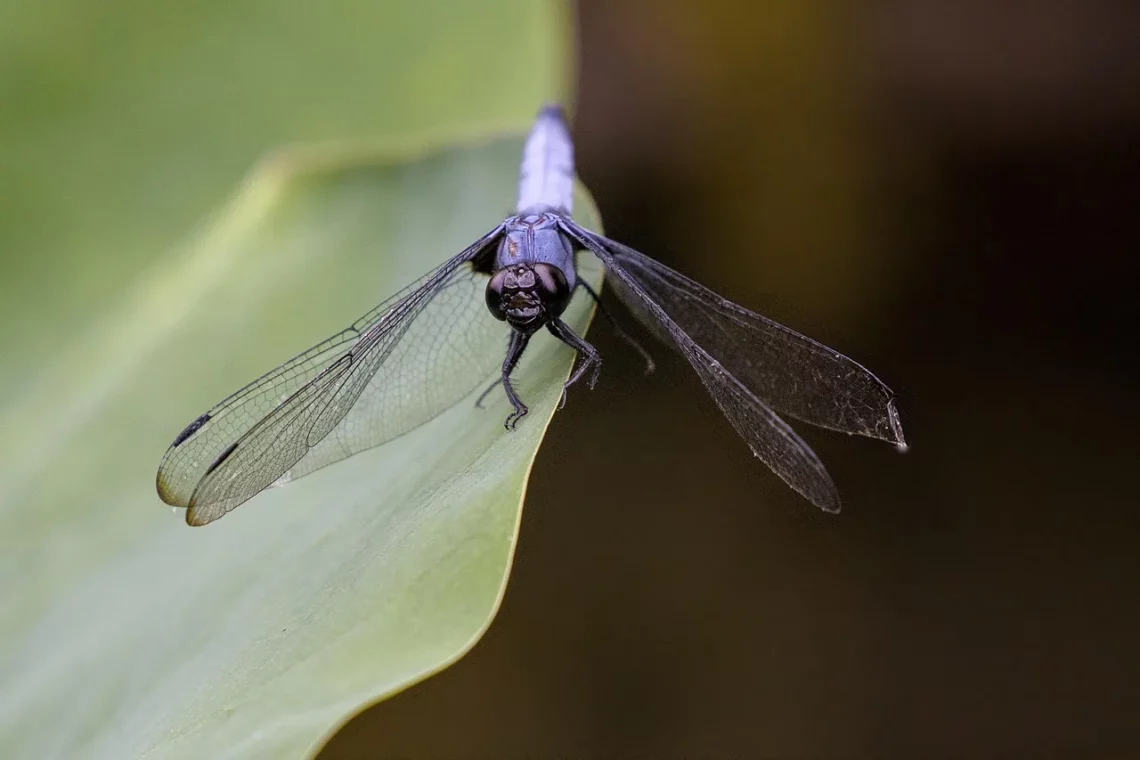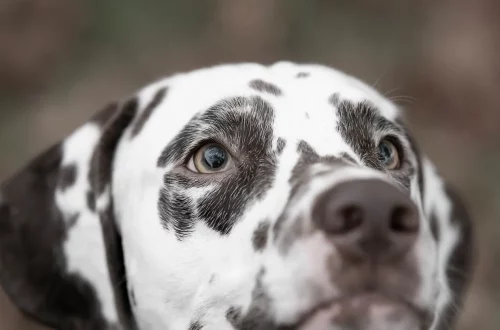
Understanding Female and Male Bearded Dragons: Key Differences and Traits
Bearded dragons are among the most popular reptiles kept as pets, admired for their unique appearance and friendly temperament. These captivating creatures come in various morphs and colors, but one of the most intriguing aspects is the difference between male and female bearded dragons. Understanding these differences is essential for potential owners, breeders, and enthusiasts who wish to provide optimal care for these lizards.
The bearded dragon, scientifically known as Pogona, hails from Australia and thrives in various environments, from deserts to woodlands. Their adaptability and relatively straightforward care requirements make them a favorite choice for beginners and experienced keepers alike. However, the physical and behavioral differences between males and females can significantly impact how they are cared for and how they interact with their environment and owners.
From size and coloration to behavior and reproductive traits, each gender exhibits distinct characteristics that can influence the choice of pet, breeding decisions, and overall care practices. Delving into these differences not only enhances the appreciation of these creatures but also contributes to a healthier and more enriching experience for both the dragons and their caregivers.
Physical Characteristics of Male and Female Bearded Dragons
One of the most noticeable differences between male and female bearded dragons lies in their physical characteristics. Males tend to be larger and more robust than females. Adult male bearded dragons can reach lengths of 16 to 24 inches, while females typically range from 12 to 20 inches. This size difference can be attributed to their roles in the wild; males are often more heavily built to establish dominance and compete with other males for territory and mates.
In terms of coloration, male bearded dragons frequently exhibit brighter and more vibrant colors than their female counterparts. Males may display more vivid oranges and yellows, especially during mating seasons, to attract females. This visual display not only enhances their appeal but also plays a crucial role in their reproductive behavior. On the other hand, females tend to have more muted and earthy tones, which can help them blend into their surroundings, providing camouflage from predators.
Another distinctive feature is the presence of a larger, more pronounced “beard” in males. The beard is a flap of skin located under the chin that can puff up when the dragon feels threatened or excited. While both genders can display this behavior, males typically have a more prominent beard, which can also darken during mating displays. Additionally, males possess larger femoral pores, which are used to excrete pheromones. These pores are less developed in females, further distinguishing the two genders.
Understanding these physical traits is crucial for potential owners, as it can aid in the proper identification of male and female bearded dragons. Proper identification ensures that owners can make informed decisions regarding housing, breeding, and overall care, ultimately leading to a healthier and happier pet.
Behavioral Traits and Temperament
When it comes to behavior, male and female bearded dragons exhibit distinct differences that can influence their temperament and interaction with humans. Males are often more territorial and assertive, particularly during the breeding season. They may display aggressive behaviors, such as head-bobbing and puffing up their beards, to establish dominance and ward off perceived threats. This territorial nature can lead to fighting if two males are housed together, making it essential for owners to consider gender when housing multiple dragons.
In contrast, females tend to display a more docile and gentle demeanor. They are generally less aggressive and more accepting of handling, making them ideal pets for families or individuals looking for a more laid-back reptilian companion. However, females can also exhibit territorial behavior, particularly when they are gravid (carrying eggs) or stressed. During these times, they may become more defensive and less tolerant of handling.
Socialization also plays a vital role in the behavior of bearded dragons. Both genders can benefit from regular interaction with their owners, but males may require more careful handling due to their assertive nature. Consistent, positive interactions can help build trust and reduce aggressive tendencies in males. Additionally, females may require a different approach, especially during breeding seasons or when they are preparing to lay eggs. Understanding these behavioral traits can enhance the bond between the bearded dragon and its owner, leading to a more fulfilling pet ownership experience.
Moreover, environmental factors, such as habitat setup and temperature, can also influence behavior in both male and female bearded dragons. Providing a stimulating environment with appropriate hiding spots, basking areas, and climbing surfaces can encourage natural behaviors and reduce stress levels, ultimately promoting a happier and healthier dragon.
Reproductive Differences and Breeding Considerations
The reproductive differences between male and female bearded dragons are significant and play a crucial role in breeding decisions. Males reach sexual maturity around 8 to 12 months of age, while females typically mature slightly later, around 10 to 15 months. Understanding these timelines is essential for breeders to ensure that both genders are of suitable age and size before attempting to breed them.
Males engage in courtship behaviors that include head-bobbing, arm waving, and displaying their beards to attract females. During mating, the male will grasp the female with his jaws to hold her in place, which can sometimes lead to injuries if not monitored closely. It is essential for breeders to provide a safe and stress-free environment during this time to reduce the risk of harm to both dragons.
Females have unique reproductive considerations, particularly when it comes to egg-laying. After mating, a female can store sperm for several months, allowing her to fertilize multiple clutches of eggs from one mating session. Once she is ready to lay eggs, it is crucial to provide her with a suitable nesting area, such as a laying box filled with moist sand or soil, to facilitate the egg-laying process. Failure to provide an appropriate environment can lead to egg-binding, a serious condition that may require veterinary intervention.
Furthermore, breeding bearded dragons requires careful consideration of genetics and health to avoid potential issues in offspring. Responsible breeders should conduct health screenings and consider the lineage of both the male and female to ensure the viability and health of the hatchlings.
For reptile enthusiasts, understanding the reproductive differences between male and female bearded dragons is vital for making informed decisions about breeding and caring for these fascinating creatures. This knowledge not only enhances the appreciation of their biology but also contributes to responsible pet ownership and breeding practices.
Health Considerations and Lifespan
While both male and female bearded dragons can suffer from similar health issues, there are some differences in their health considerations tied to their gender. Both genders require a balanced diet, proper heating, and UVB lighting to thrive. However, females may face specific health challenges associated with reproduction, such as egg-binding or metabolic bone disease, particularly if they are not provided with adequate calcium and vitamin D3.
Egg-binding occurs when a female is unable to pass her eggs, leading to discomfort and potential health risks. This condition can be exacerbated by stress, inadequate nesting sites, or poor nutrition. It is crucial for owners of female bearded dragons to understand these risks and provide a suitable environment to promote healthy egg-laying behaviors.
Males, on the other hand, may be more prone to injuries resulting from territorial disputes or breeding behaviors. Regular health check-ups with a veterinarian experienced in reptile care can help identify any potential health issues early on. Owners should be vigilant in observing their pets for signs of illness, such as lethargy, lack of appetite, or abnormal behaviors, and seek veterinary assistance when necessary.
In terms of lifespan, both male and female bearded dragons can live up to 10 to 15 years with proper care. However, certain health issues related to reproduction in females might impact their longevity if not managed correctly. Providing a stress-free environment and maintaining a balanced diet is essential for promoting a long and healthy life for both genders.
In conclusion, understanding the key differences and traits of male and female bearded dragons is crucial for anyone interested in keeping these reptiles as pets. Knowledge about their physical characteristics, behavior, reproductive differences, and health considerations can lead to a more enriching experience for both the dragons and their owners. By appreciating the nuances of each gender, reptile enthusiasts can provide optimal care that meets the unique needs of these fascinating creatures.
*Note: This article is for informational purposes only and does not constitute medical advice. Always consult a veterinarian for health-related concerns regarding your pet.*




